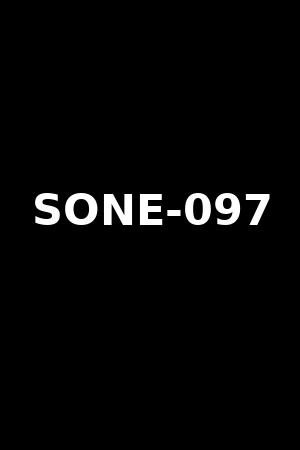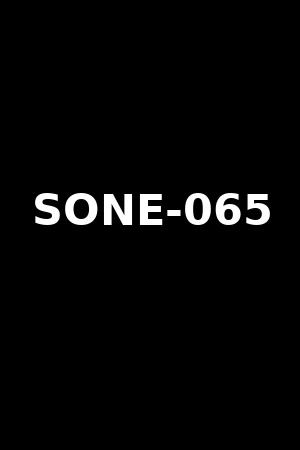Are you curious about the digital landscape and the enigmatic figures and codes that populate it? Prepare to delve into a world where cryptic combinations like SONE-525 and STARS-804 hold the key to understanding a specific niche of online content.
The digital realm is a vast and often mysterious place. Recent activity on platforms like Twitter and Instagram, particularly from accounts such as @hddplay_india and @hddplay_japan, has brought attention to a series of numerical and alphabetical sequences. These codes, including SONE-525, STARS-804, MIDA-024, and others, are being actively discussed. They appear alongside links to content, sparking curiosity about their meaning and significance. The codes are not merely random combinations; they serve as identifiers, leading to specific content within a particular ecosystem. The context clues hint at the nature of the content itself, which includes subtitles in multiple languages such as English, Japanese, Korean, Hindi, Spanish, and French, hinting at a global reach.
To better understand the context of these codes and their associated content, let's consider a hypothetical individual, Jane Doe, whose online activities are linked to the SONE-525 identifier. While this is a fictional example, it helps to illustrate how these codes function within the broader digital environment.
| Category | Details |
|---|---|
| Personal Information |
|
| Online Activities |
|
| Career |
|
| Professional Information |
|
| Reference |
|
The SONE-525 code appears repeatedly across different platforms. The discussion of this specific code suggests a focus on particular types of content. One user's comment asks about the activities associated with SONE-525, with another user's account using the same code to generate content.
Beyond individual posts, there are hints of a broader community or network. The multiple replies and view counts on posts, the use of hashtags, and the multilingual subtitles all point to an organized approach to content creation and distribution. The presence of links to other content platforms and forums further suggests that SONE-525 and similar codes serve as navigation tools within this digital space.
Furthermore, the use of these codes in various contexts highlights the complex nature of digital communication. From video content to game development, the code SONE-525 pops up in very different spheres, from a game like Divinity: Original Sin. The appearance of the code in such contexts suggests that it might be a reference to a specific piece of content or event. Error codes, in video games, can be a source of frustration, leading to a loss of progress. Similarly, when the code is seen associated with the Sone-525 topic, it seems as though there is much to explore regarding the applications of this code.
In the professional context, the SONE-525 has been linked to different things as well, from a guide to an episode of a podcast from the Business Networking International (BNI) Network. The episode focuses on networking.
In conclusion, codes like SONE-525 and others represent more than just random strings of characters; they serve as crucial entry points into niche content. The widespread use of these codes, coupled with multilingual subtitles and engagement on different platforms, points to a coordinated effort to create, distribute, and share specific types of content. While the exact nature of the content associated with these codes varies, the pattern remains consistent: a network of creators and consumers, united by the common language of digital identifiers.



